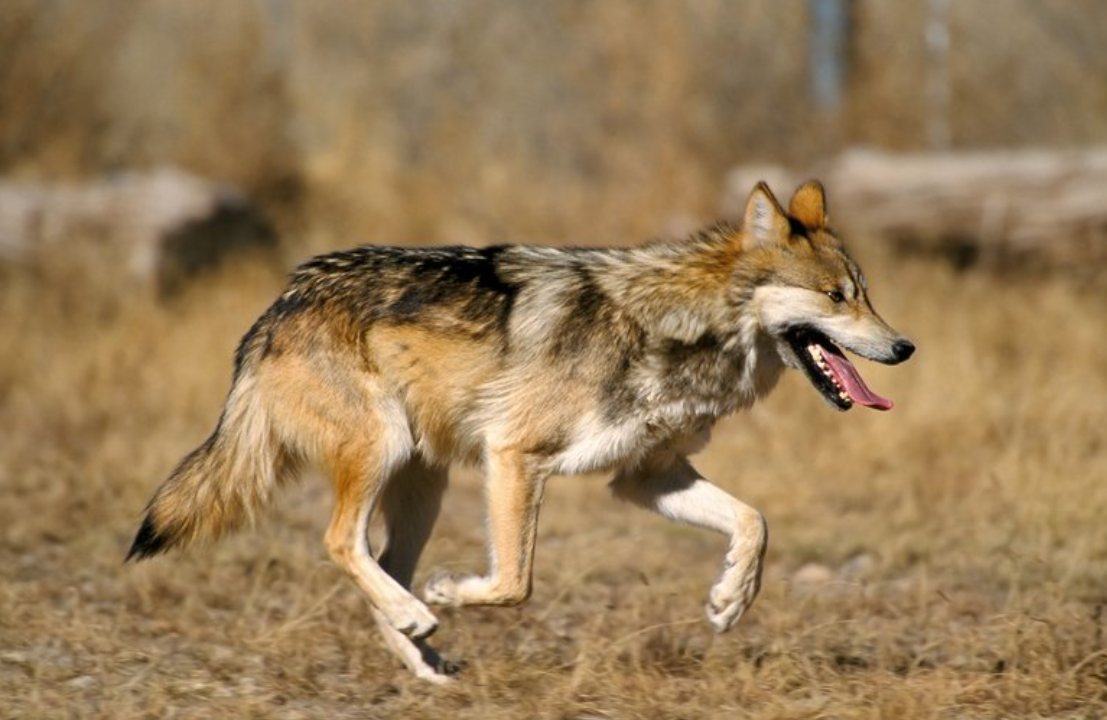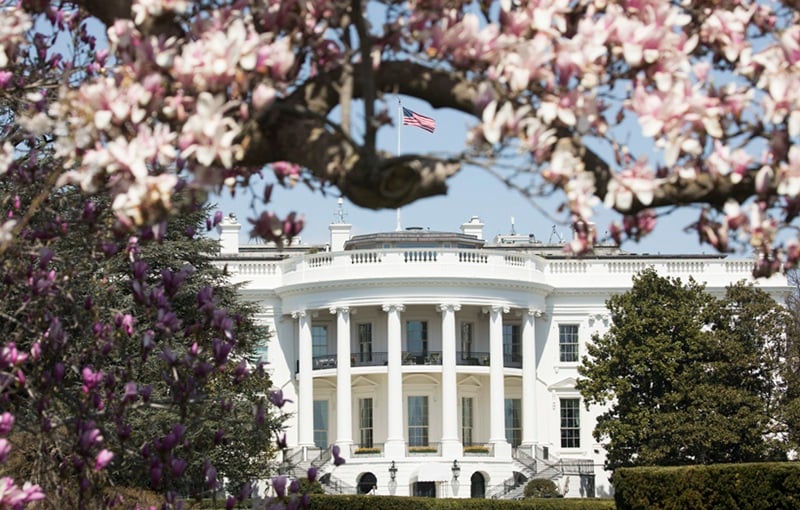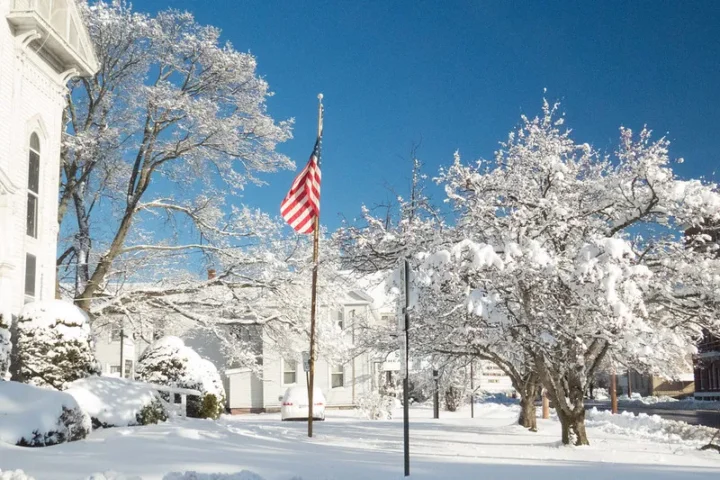A new bill introduced by Arizona Republican Congressman Paul Gosar has ignited fierce debate over the future of Mexican gray wolves in the Southwest. The “Enhancing Safety for Animals Act” (H.R. 4255) aims to remove the Mexican gray wolf from the federal endangered species list and separate U.S. wolf management from Mexico’s wolf population.
If passed, the bill would end federal oversight of Mexican wolf recovery, halt captive-to-wild release programs, stop federal monitoring, and end investigations into livestock conflicts. Management would shift to state wildlife agencies in Arizona and New Mexico.
“The Mexican wolf population has grown steadily since being reintroduced to the wild,” Gosar stated in a recent news release. “In the U.S., the Mexican wolf population now exceeds the original federal recovery goals for wolves in the wild, with hundreds more in captivity for breeding… The wolf is no longer in danger of extinction and should be delisted.”
The latest annual count shows the wild Mexican wolf population reached 286 animals in 2024 – marking the ninth consecutive year of growth. This represents an 11% increase from the 257 wolves counted in 2023. The population is distributed with 162 wolves in New Mexico and 124 in Arizona, with 60 packs documented across both states.
The bill has strong backing from ranching interests. The Public Lands Council and New Mexico Cattle Growers’ Association quickly announced their support, citing concerns about livestock predation and community safety. Rep. Andy Biggs, a co-sponsor, argued ranchers cannot protect their cattle because of what he called a “false endangered status.”
Tom Paterson, President-Elect of the New Mexico Cattle Growers Association, stated: “The Fish and Wildlife Service has been recovering the Mexican wolf for more than 25 years. Despite what it reports, the wolf is recovered numerically and genetically.”
Conservation groups, however, strongly disagree with this assessment and have condemned the bill. Michael Robinson, senior conservation advocate at the Center for Biological Diversity, warned: “Bypassing the Endangered Species Act to strip all protections from beleaguered Mexican gray wolves and leave them vulnerable to Arizona’s shoot-on-sight laws would cause a massacre.”
While New Mexico has state laws prohibiting the killing of wolves, Arizona does not. Conservation groups fear this could lead to unrestricted killing if federal protections are removed.
Similar Posts
The current wild population originated from just seven Mexican wolves captured in the late 1970s. This created what scientists call a genetic bottleneck, making the population vulnerable to inbreeding. Ongoing releases of captive-bred wolves are considered vital for genetic diversity. Currently, about 350 Mexican wolves are maintained in captivity across 60 facilities in the United States and Mexico.
Greta Anderson, deputy director of Western Watersheds Project, criticized Gosar as “recklessly out of touch with the science that supports carnivore recovery” and accused him of “pandering to the anti-wolf livestock industry’s desire to dominate public lands.”
The bill comes at a time when wildlife managers have seen success with fostering efforts. To date, at least 20 fostered Mexican wolf pups have survived to breeding age, and at least 10 fostered wolves have successfully bred in the wild.
Clay Crowder, Assistant Director of the Arizona Game and Fish Department, noted: “The results of this year’s count reflect the hard work of many people and agencies that lead recovery. It also supports the recovery strategies in the 2022 Mexican Wolf Recovery Plan as we see both demographic and genetic objectives being exceeded this year.”
Mexican wolves were first reintroduced to the wild in 1998 after being nearly exterminated during the early and mid-20th century. They were officially listed as endangered in 1976.
Conservation groups emphasize the wolf’s ecological importance as a keystone species that helps maintain ecosystem health. “Lobos have been an integral and irreplaceable part of the landscapes of the Southwest for millennia,” said Leia Barnett of WildEarth Guardians. “They add a demonstrated ecological benefit, hold important cultural significance, and have captured the hearts and minds of New Mexicans.”

The bill has been referred to the House Committee on Natural Resources. It is co-sponsored by several Western Republican representatives, including Andy Biggs, Lauren Boebert, and Ryan Zinke.
As the debate continues, both sides acknowledge the growth in wolf numbers but remain deeply divided on whether this constitutes recovery. For ranchers, the wolves represent a threat to livelihoods, while conservationists view them as an essential part of the Southwest’s natural heritage still in need of protection.


















